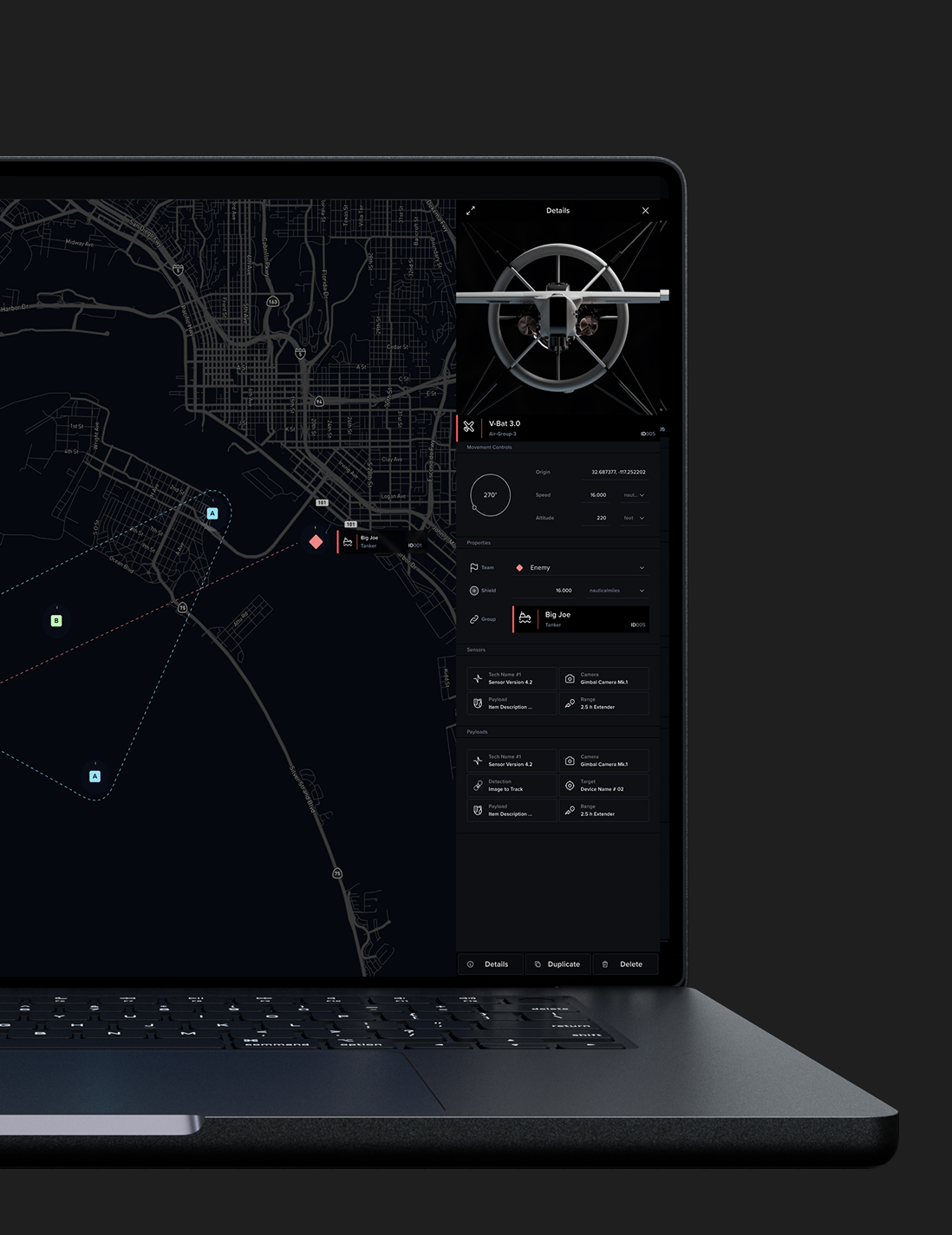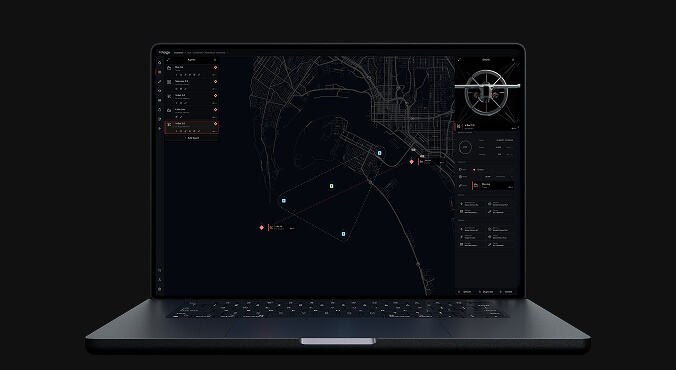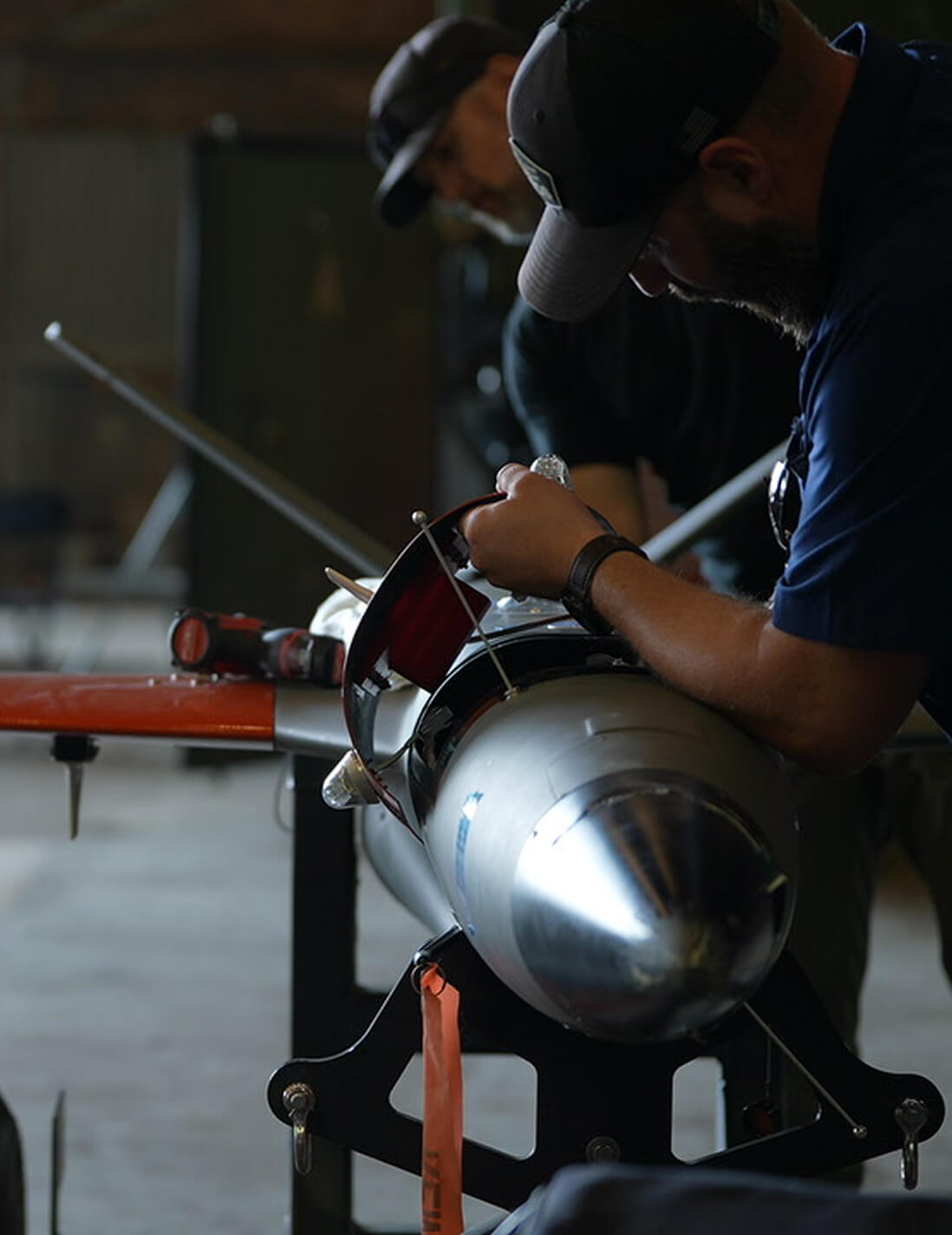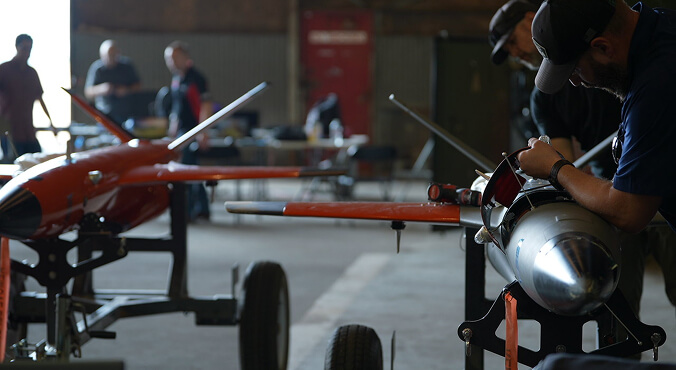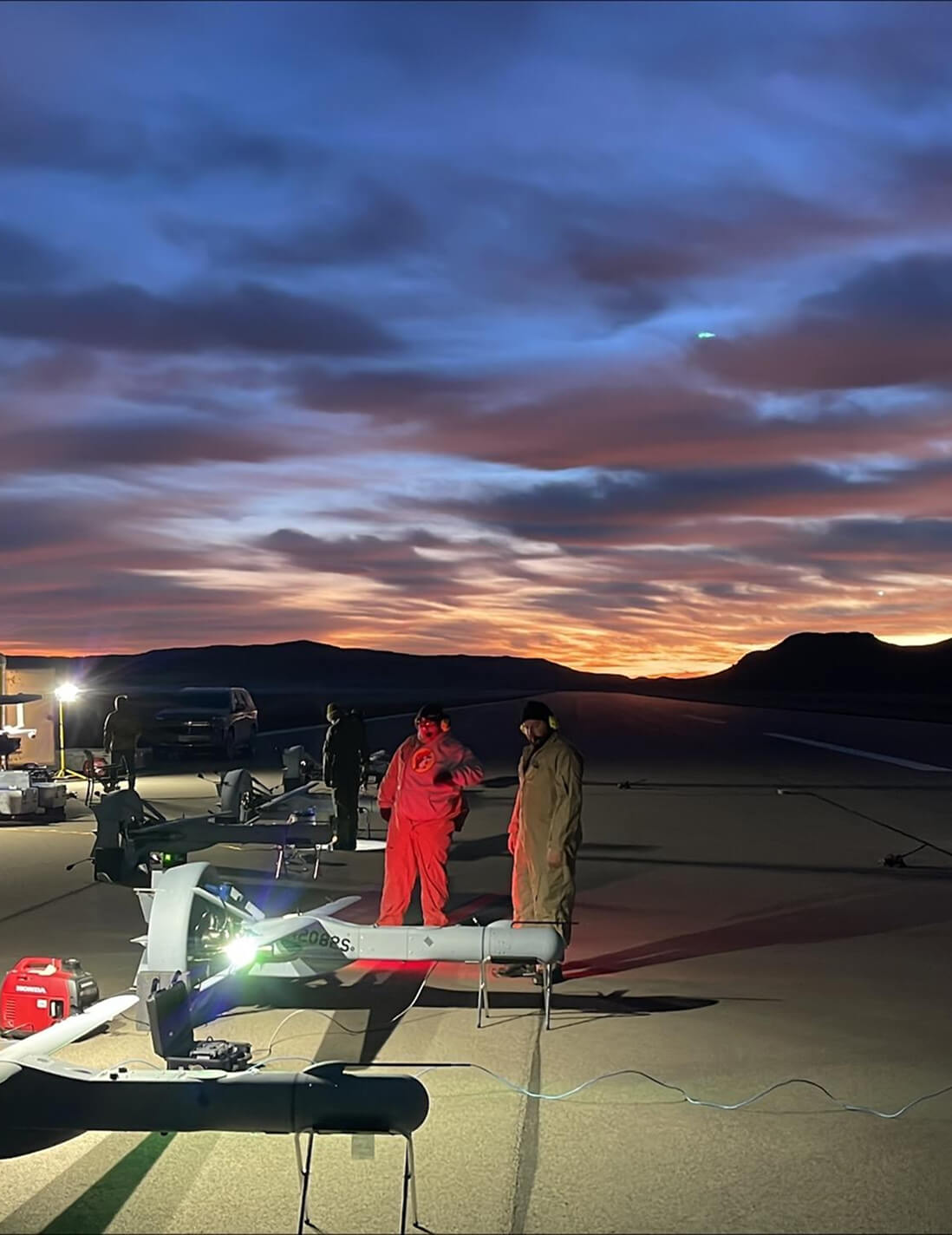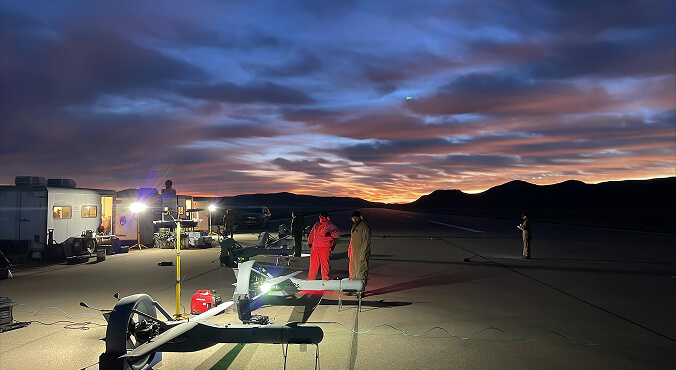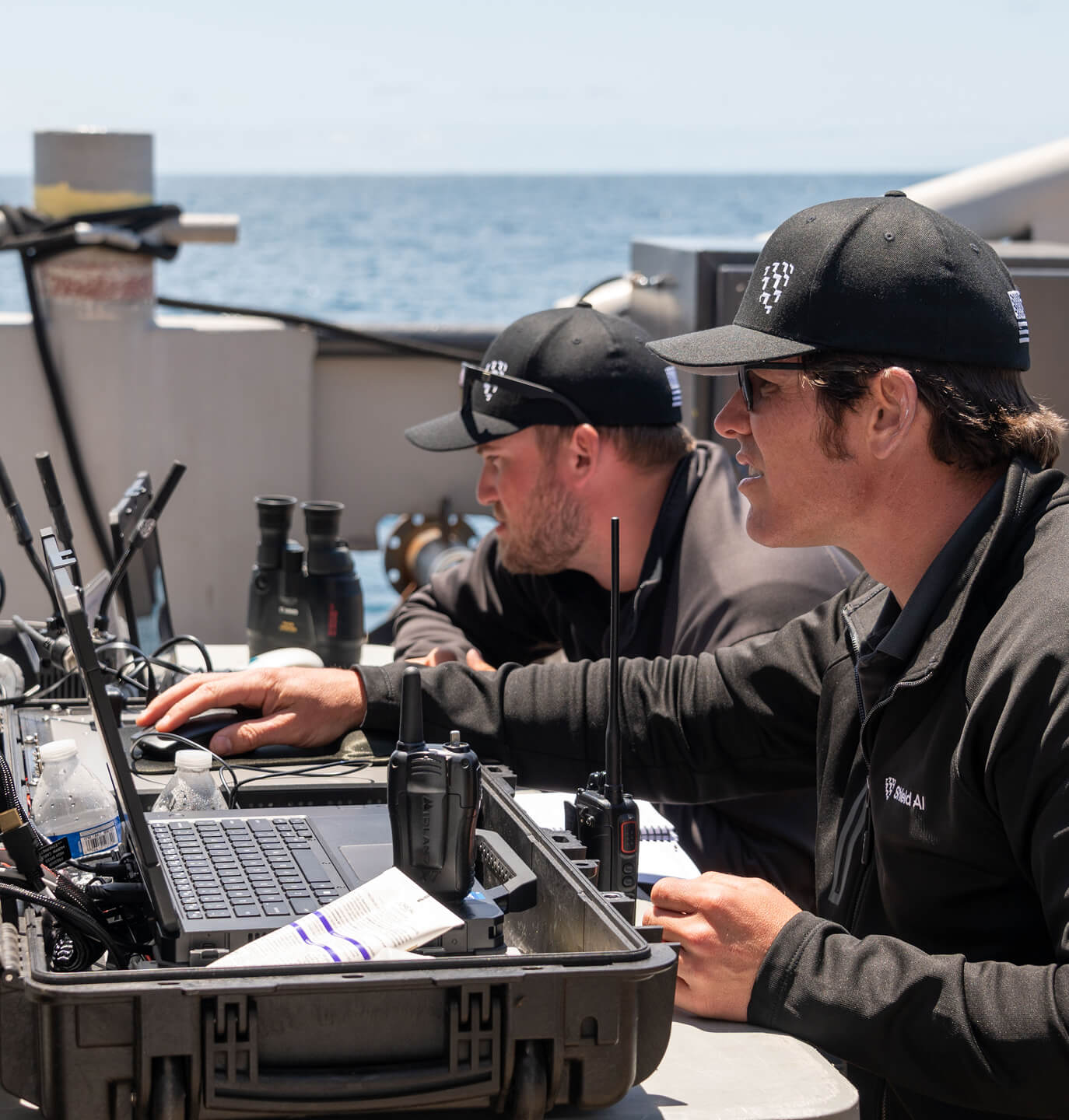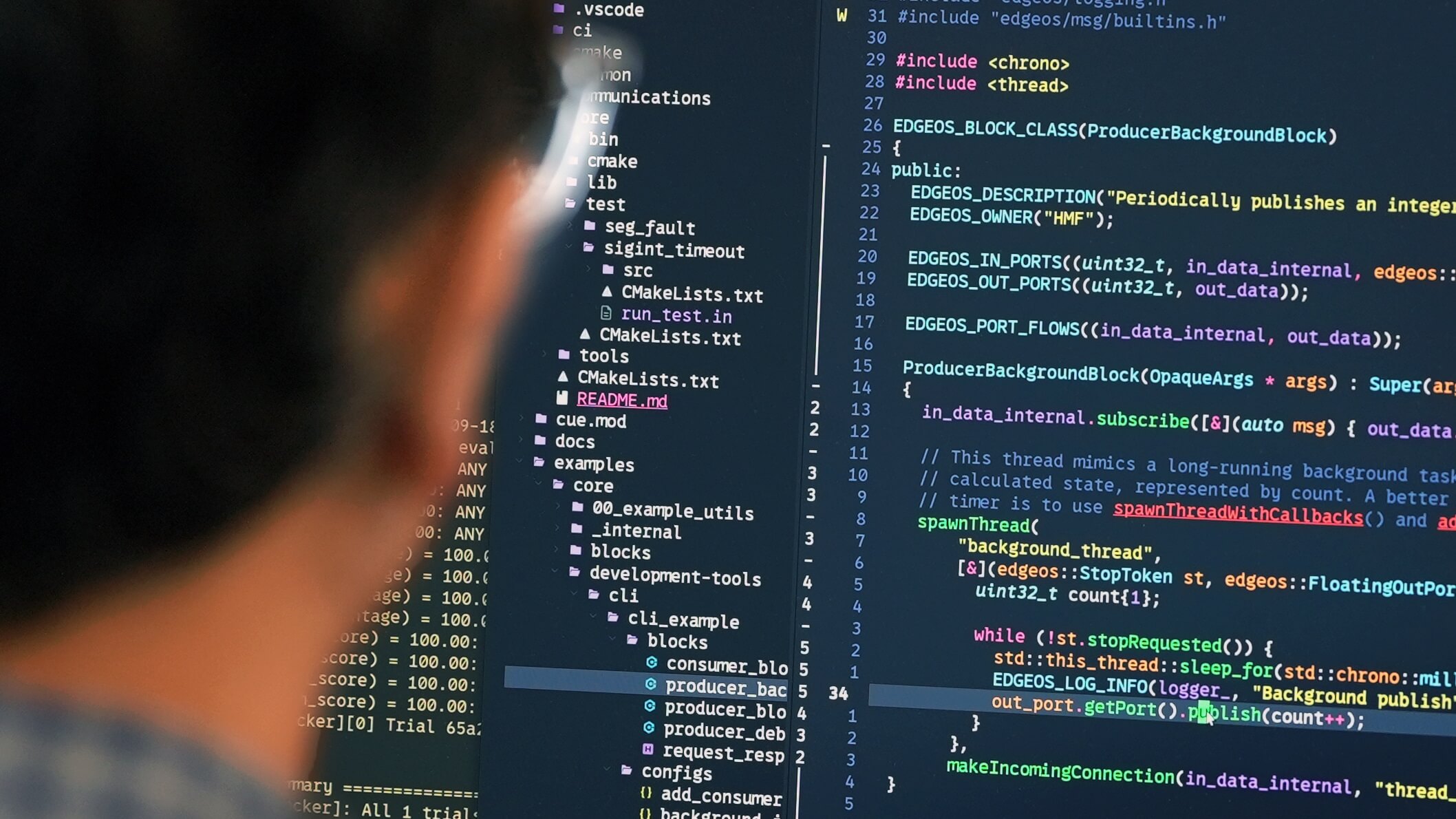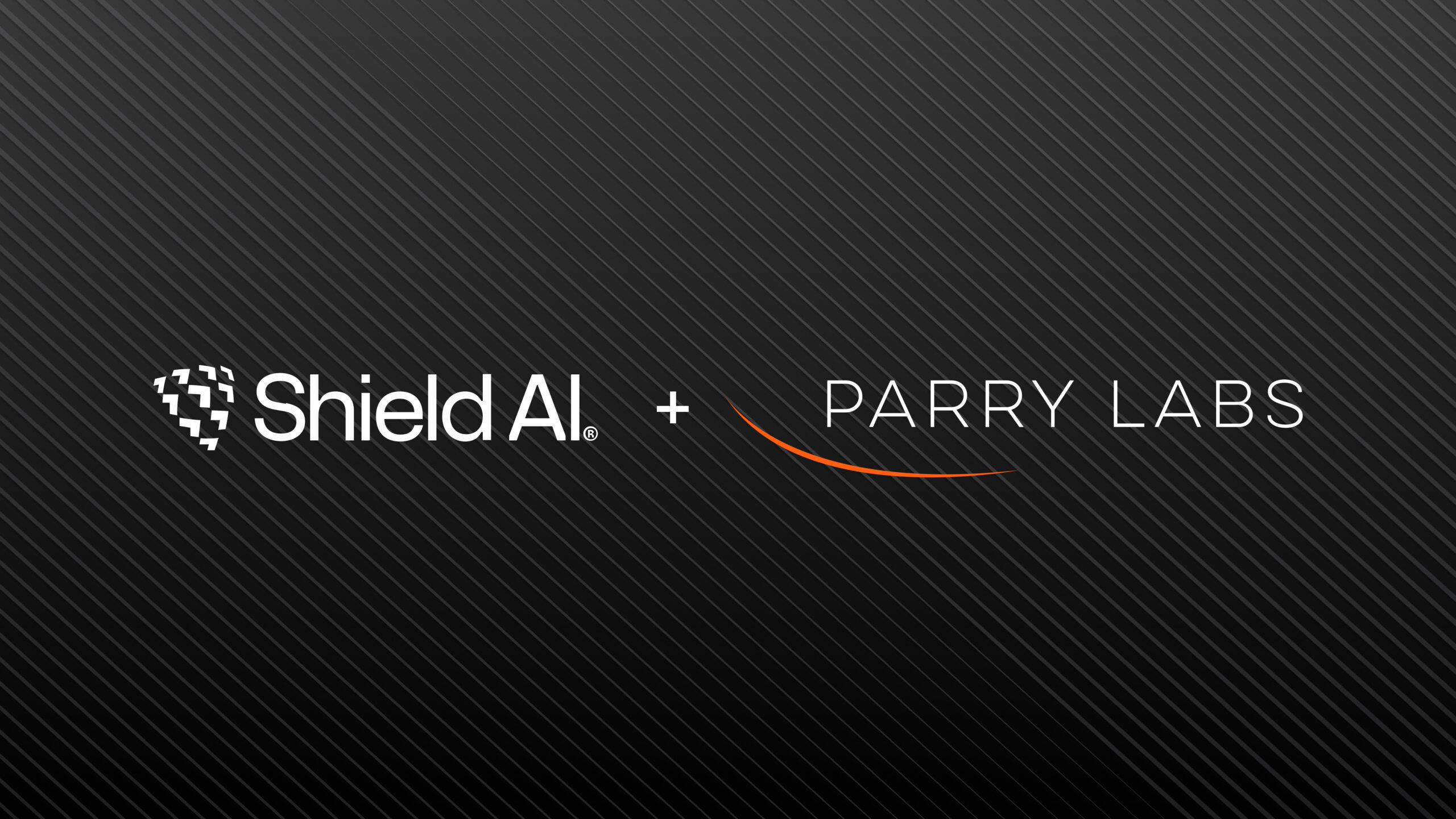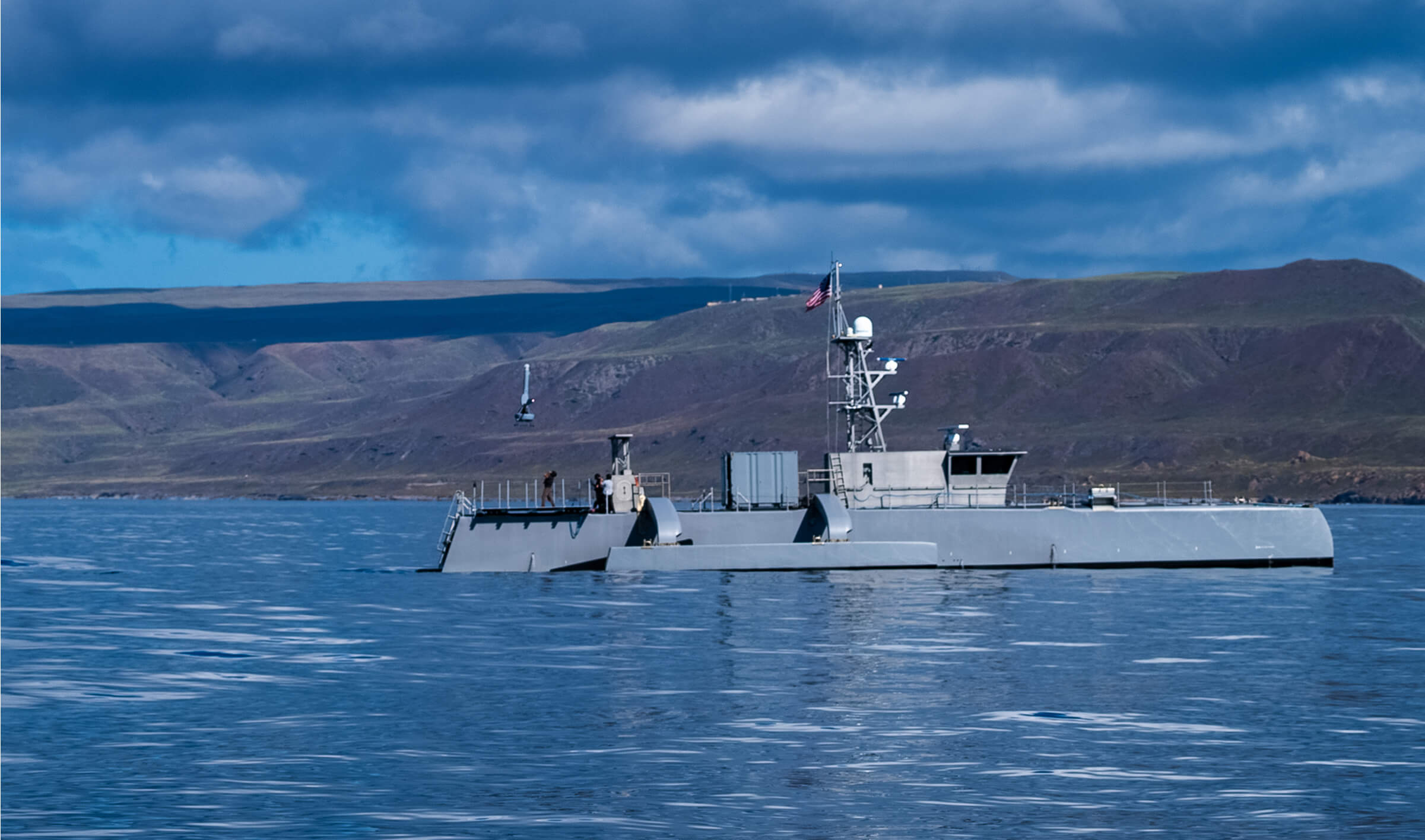[October 13, 2025]
Build Next-Gen Aircraft with Us: The Greatest Victory Requires No War
Author: Sean Keith-Stewart
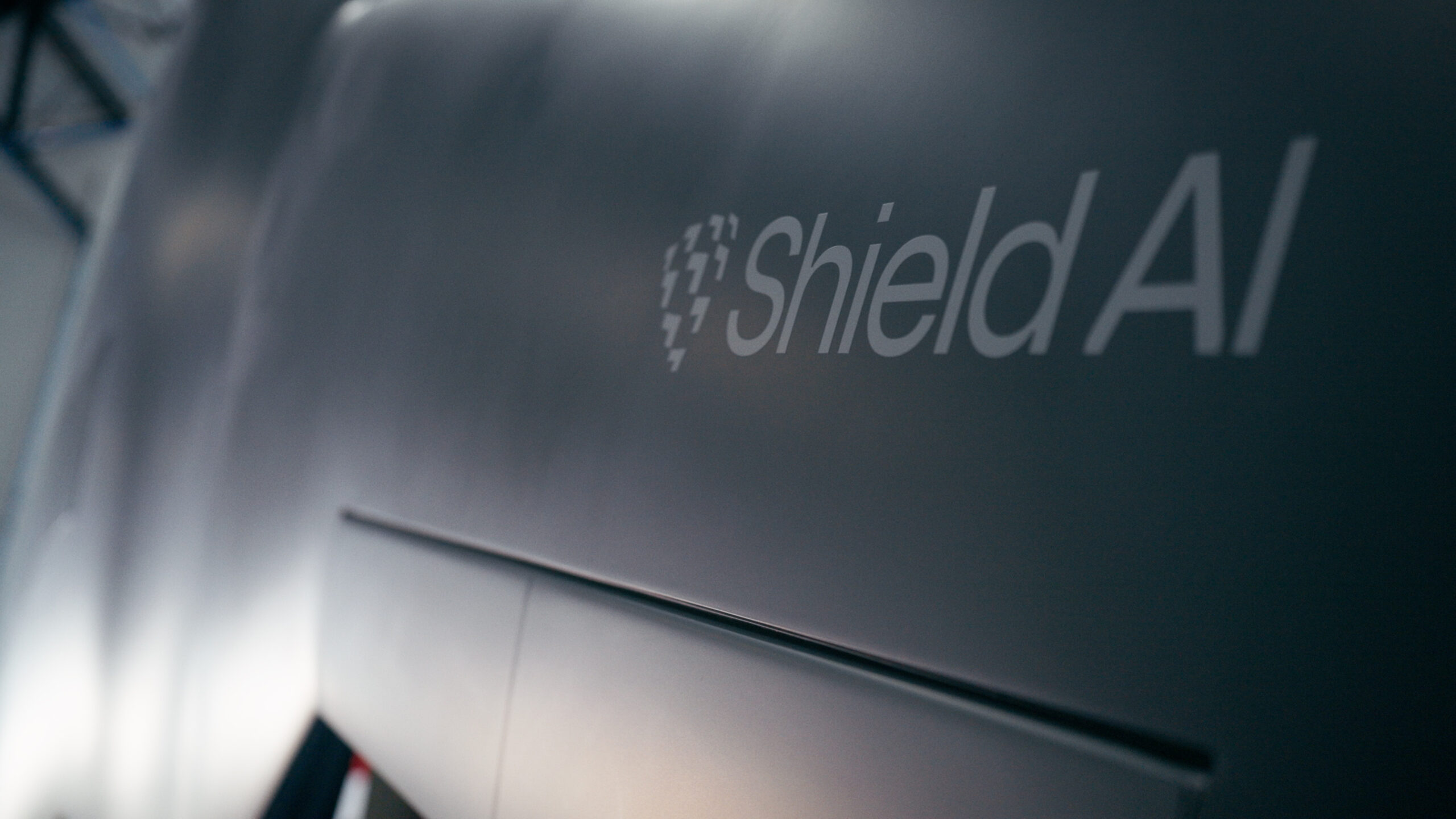
“That’s awesome. It could change the world.” I said I’d take a couple days to think it over.
I didn’t need them.
Armor Harris had called me and walked through his idea for the future of air power. The specs were unlike anything I’d seen, and it aligned with everything that brought me into this industry in the first place.
I called him the next day. “I’m in.”
People go into defense for different reasons. For me, it has always been about peace through deterrence. If you look at the world today, the strategic environment is fragile. Our next major conflict could very well be peer-level, and adversaries have signaled they’re willing to move if they think the consequences are manageable. The risk is not that there are conflicts, but that there are conflicts that escalate. Deterrence exists to prevent that spiral. That is what brought me into this industry, and what keeps me here today.

I began my engineering career at General Atomics (GA), as an airframe engineer working on the MQ-9 production line for the Air Force. At the time, GA was redefining what was possible with unmanned aircraft. Predator and Reaper disrupted decades of conventional targeting workflows to become America’s primary surveillance and strike platform and ushered in the age of unmanned airplanes.
Eventually, I realized I wanted to work in a new environment, where I could continue to push technical boundaries. I landed at Anduril in its early stages with a small team of ex-GA engineers, tasked with building out a next-generation aircraft team focused on the future battlespace. We worked across multiple programs, ultimately culminating in the Collaborative Combat Aircraft (CCA) initiative. Selected by the Air Force to design, manufacture, and test CCAs, its success with the Department of Defense served as a signal that the government wanted new players in the industry.
That’s what brought me to Shield AI as a Senior Director of Aircraft Engineering. The defense industrial base contracted dangerously during the post-Cold War era and desperately needs diversification now to reinvigorate for future conflict.
Shield AI is at an inflection point of having the talent, the appetite, and all the pieces in place to be the next major player in this new era of defense technology. With a deeper understanding of the autonomy software critical to the success of unmanned strike aircraft, Shield AI is uniquely positioned to capitalize on the emerging intersection of software and hardware for next-generation combat vehicles.
What sets Shield AI apart is not only its technology stack or engineering talent, but its focus on the strategic convergence of next-generation aircraft and mission-focused autonomy. Most defense companies, as they scale, drift. They diversify into too many business lines out of necessity, diluting their focus. They chase easy wins to show near-term success. Shield has chosen the harder path: focus intentionally on fewer things, commit to the development effort required, and stick with it across the finish line. Make those programs disruptive so that when they succeed, they succeed big. We embrace challenges with the mindset that if we’re going to invest in something, we better change the world with it.
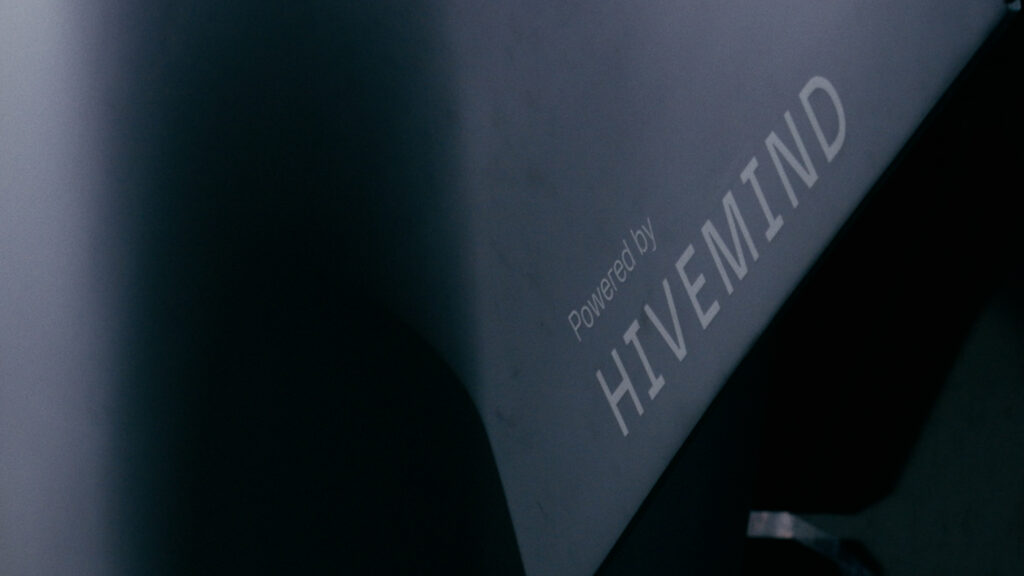
That mindset manifests in our current products. Vertical takeoff and landing in austere environments, with a single engine and powertrain, was considered prohibitively difficult. But Shield saw the opportunity for disruption and chased it. Today, V-BAT’s tail-sitter architecture and long-endurance capabilities are proving mission-relevant in real-world austere environments, across diverse weather, terrain, and threat landscapes.
Airplanes are incredibly complex systems. Every part is interconnected, every decision affects something else, and nothing can be optimized in isolation. It’s a multidimensional puzzle that demands systems thinking across multiple disciplines. Yet, the most iconic airplanes were built in the 50s and 60s when the engineering teams were small and lacked the fancy tools available today. They had to rely on sound engineering fundamentals, tight collaboration, and a relentless focus on solving hard problems with limited means. Now, as the industry diversifies, we’re starting to return to those first principles, and Shield is leading the charge.
The nation has been searching for the next technological offset since the invention of stealth. To me, the answer is clearly autonomy. Winning future conflicts requires employing overwhelming mass, which needs to be iterated at the speed of relevance and operated within budget constraints. AI pilots are the logical conclusion, and the next generation of airpower needs to be tailored to maximize the effects of this software revolution. Like Tesla in the auto-industry, the next generation of aerospace primes will be software-first.
So, driven by the desire to disrupt and with the most innovative minds in the industry, we will go do this, even though it’s difficult. With our next-generation aircraft, we will be at the forefront of the new autonomy revolution. Powered by our Hivemind autonomy software, our new multirole strike jet is designed for expeditionary operations from both land and sea.

About the Author
Sean Keith-Stewart is Senior Director of Aircraft Engineering at Shield AI, where he leads the design, development, and integration of next-generation uncrewed aircraft. Prior to joining Shield AI, he held engineering leadership roles at Anduril Industries and General Atomics Aeronautical Systems, contributing to advanced UAS programs including autonomous aircraft and loitering munitions. Sean holds a B.S. in Aerospace Engineering from Cal Poly San Luis Obispo. In his free time, he enjoys scuba diving, skiing, and travel.
